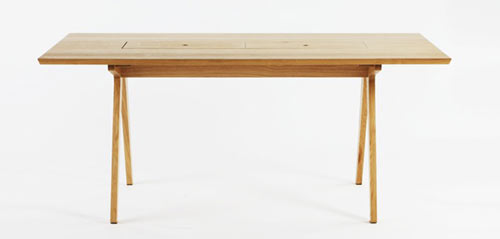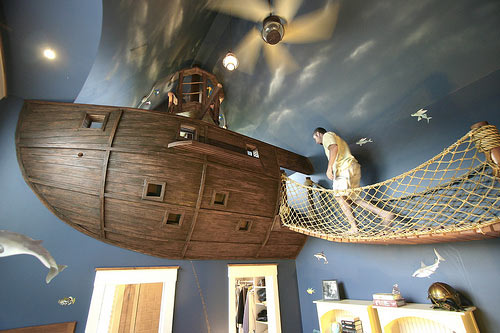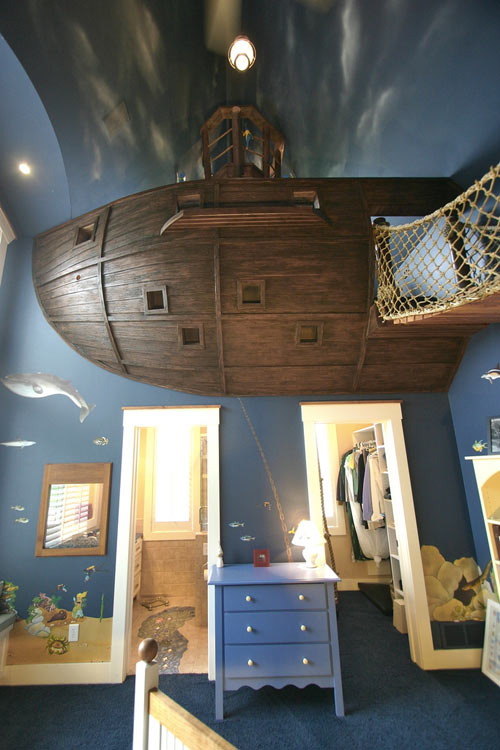
Portugese architect Eduardo Souto de Moura claimed Architecture's top honor, the Pritzker Prize, on Monday. Souto de Moura becomes just the second Portugese architect to win the award.
Although not well-known in the U.S. and with no buildings on U.S. soil, Souto de Moura's completed projects include a stadium in Braga, Portugual that was the site of the 2004 European soccer championships. According to the Chicago Tribune, other finished works run the gamut from single-family homes to shopping centers, art galleries and museums, schools, subway stations and a cinema.
Souto de Moura, 58, joins Frank Gehry, Tadao Ando and Renzo Piano in receiving the top honor in the field.
Endowed by Chicago's billionaire Pritzker family, the Pritzker Prize recognizes a living architect who has "produced consistent and significant contributions to humanity and the built environment through the art of architecture."
The winner receives $100,000 and a bronze medallion.
The Pritzker jury praised Souto de Moura, as many have in the past, for his creative use of materials, as well as unexpected dashes of color in his works.
"During the past three decades, Eduardo Souto de Moura has produced a body of work that is of our time but also carries echoes of architectural traditions," the seven-member Pritzker Prize jury said in its citation. "His buildings have a unique ability to convey seemingly conflicting characteristics � power and modesty, bravado and subtlety, bold public authority and a sense of intimacy �at the same time."
According to the Associated Press, Souto de Moura's past remarks showed a humble architect interested in creating buildings that fit in their surroundings, perform their function and become part of a global, architectural landscape.
"There is no ecological architecture, no intelligent architecture, no sustainable architecture � there is only good architecture," he said at a building forum in 2004. "There are always problems we must not neglect. For example, energy, resources, costs, social aspects � one must always pay attention to all these."
The award is to be presented June 2 in Washington, D.C. at the Andrew W. Mellon Auditorium in the complex of government buildings known as the Federal Triangle.





























